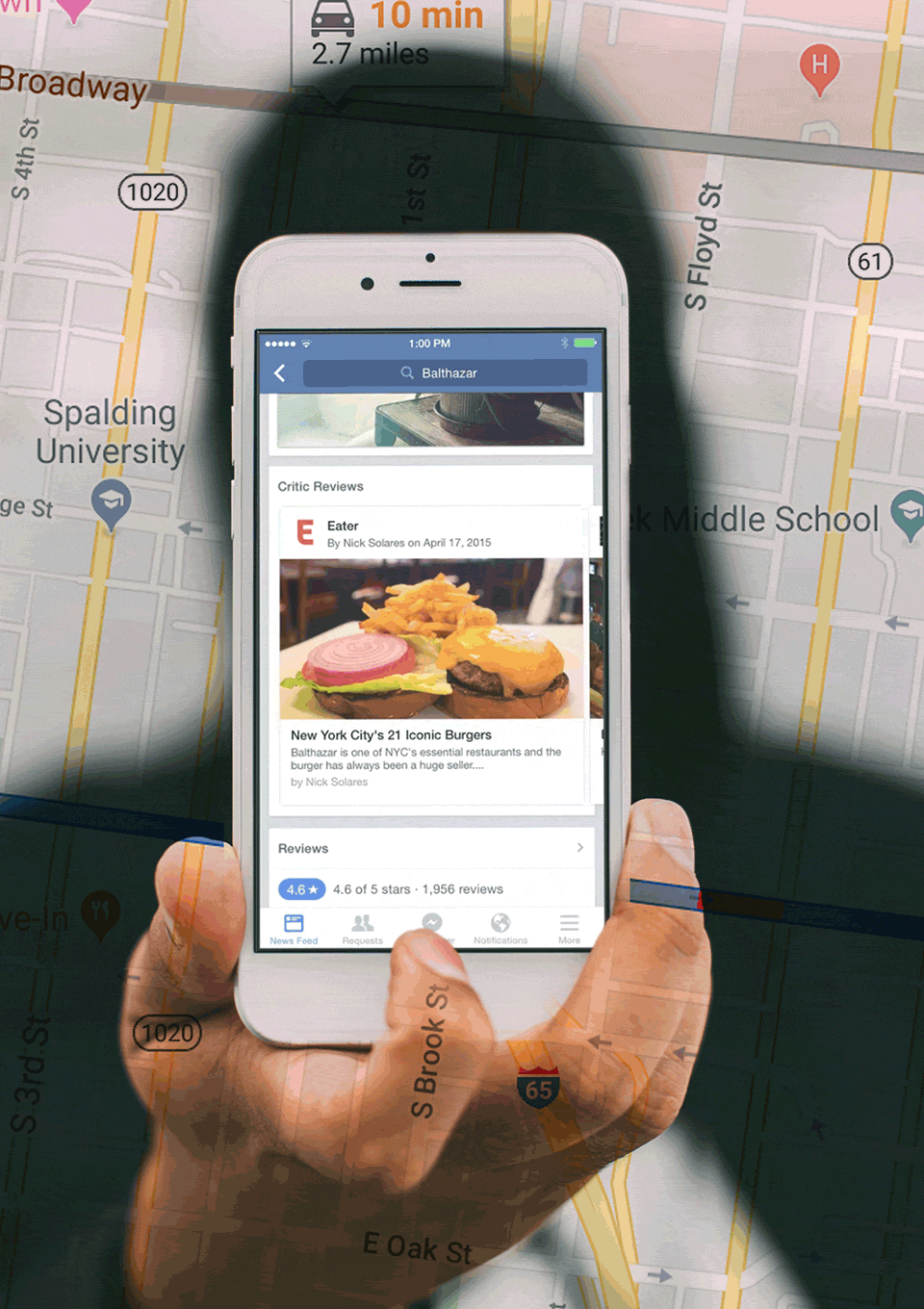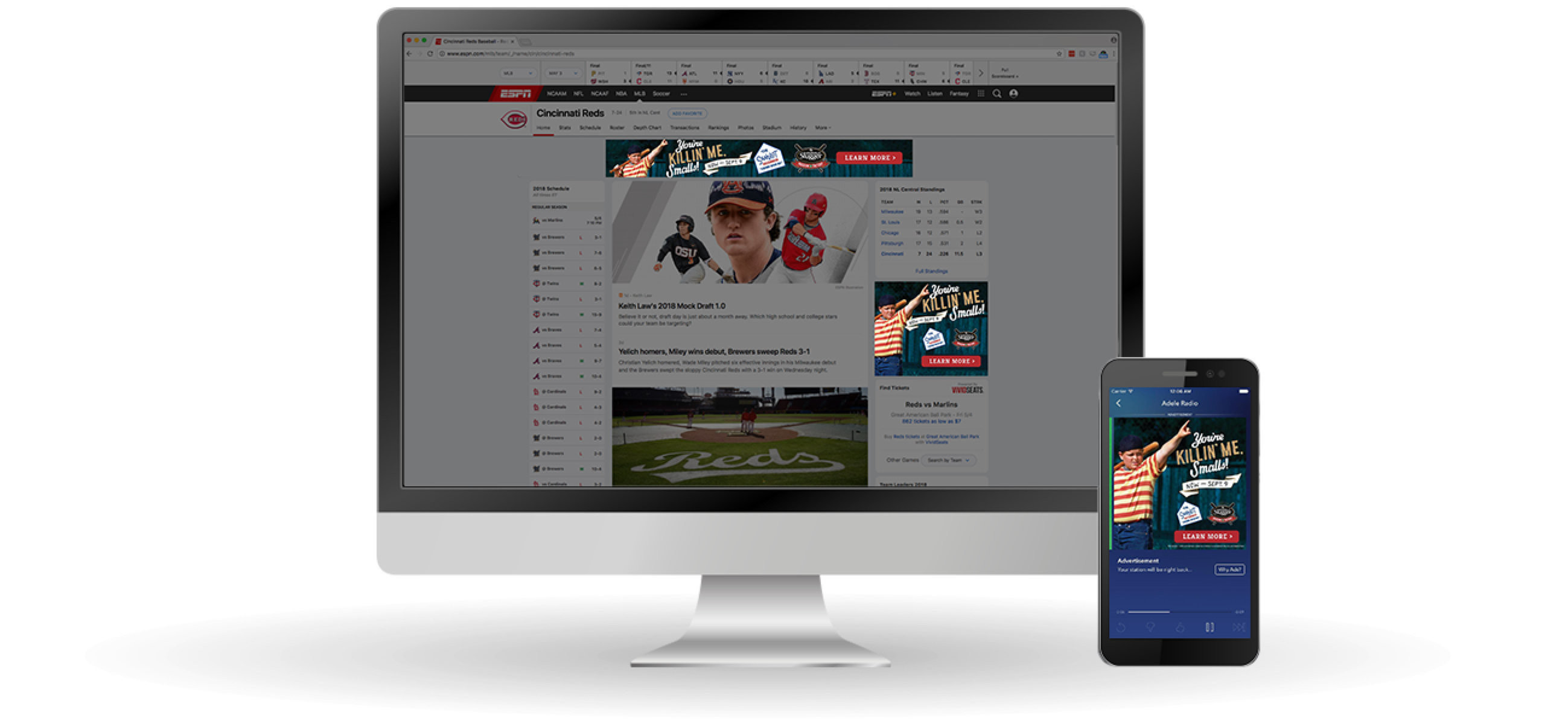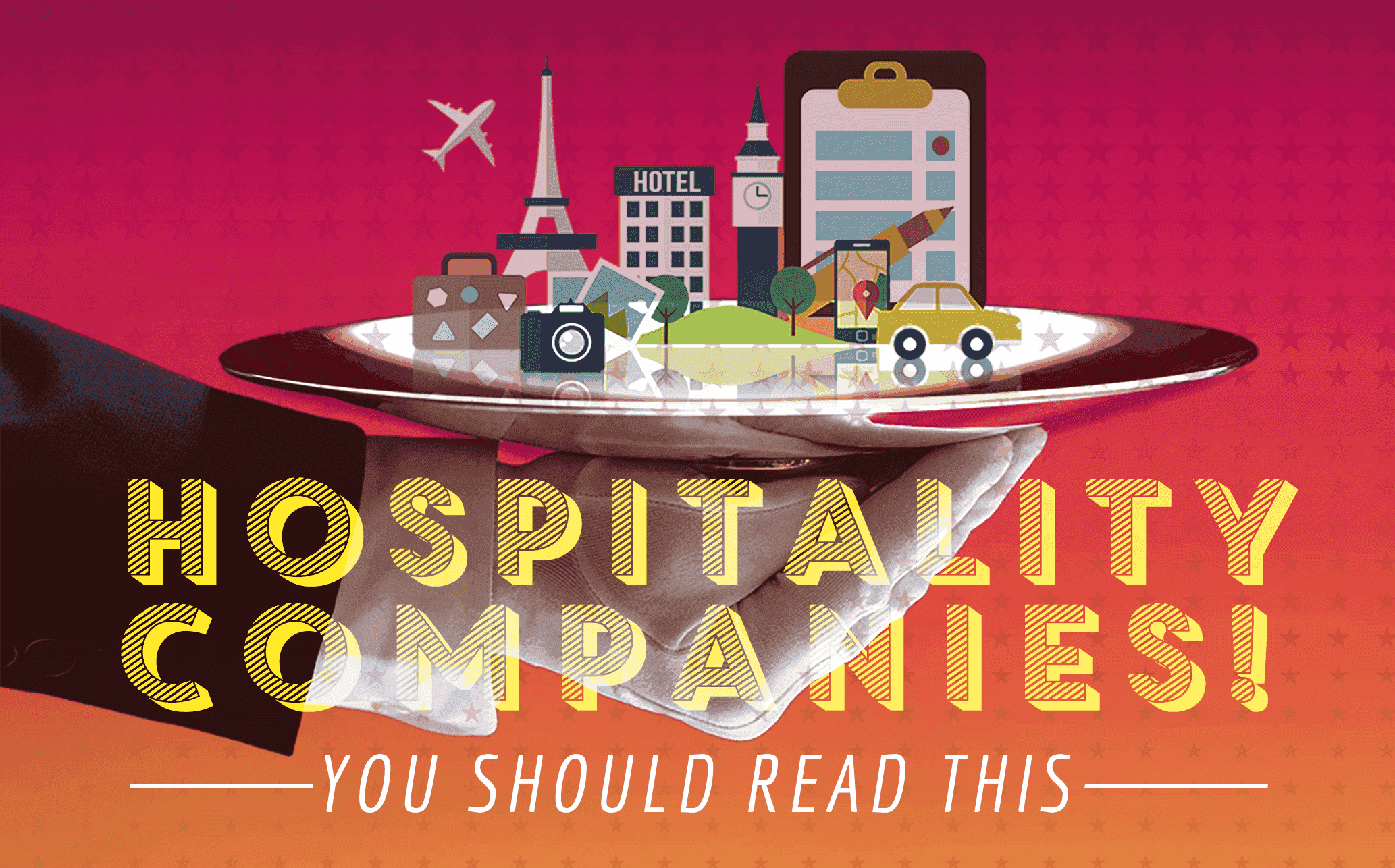Looking to amp up your company’s marketing strategy for the coming months? A solid game plan needs to include:

1) Complete Knowledge of Your Customer
With all the technology and research available to those who ask for it, there’s no excuse for not knowing your customer inside and out. You should have a total grasp on what your customer likes, dislikes, how they behave, and what they need.
In this industry, it’s common to have multiple hotels, restaurants, theme parks and more under one singular brand umbrella. You should have an understanding of how often your customers frequent each location and what their behavior patterns are. What is your customer interested in? What do they purchase when they’re at your location? These behaviors give you great insight into how to market to your audience.
When it comes to digital behavior, knowing your customer is just as important. You should know when a Facebook ad drives someone to your restaurant and how they interacted with that ad.
How do you achieve all this? By having a solid tech stack that goes to work for you to provide a full picture of your current customers and target market.
Many huge chains have this technology sorted out and know their customers well, but many smaller to medium-sized hospitality and entertainment companies are missing out. They often lack critical data that could be used to help them hone business strategy, market smarter, and offer products that their target customers actually want.
Looking for more insight on how to nail down a tech stack? Check out our recent blog on how to get a tech stack that works for you, or contact us to get straight into what you need.

2) An Unforgettable Experience With Memorable Marketing
The truth is that no one really cares about your hotel rooms and what color the bedspreads are. The leisure traveler is a unique persona distinct from the business traveler, and they’re not as concerned about what awaits inside their room as they once were. To this day, I’m still surprised by hotel ads that use all of their visual space to showcase the same pair of beds we’ve all seen everywhere we go. Consumers care about the experience of visiting a place.
And that’s not just what’s inside your hotel. Amenities are everything around you in the city you’re exploring, from the restaurant everyone’s been talking about to the museum gallery tour across town. In fact, experiences matter so much that according to Skift, 67% of high-income travelers on vacation would rather spend money on activities than a nicer room.
Consider the different needs of a family with young children heading off on a vacation compared to a group of twenty-somethings heading to a bachelorette party weekend. When you can anticipate their needs, you can create an experience that’s just for them.
And once you’ve created those special experiences for your customers, it’s your job to make sure they know about it.

Take Louisville Slugger Museum & Factory, for example. A visit there is steeped in nostalgia and offers more to visitors than just a traditional museum experience. So when it came time to create a campaign to let people know what they had to offer, we brought that nostalgia and charm to life through a campaign before a visitor even walked through the doors.
Video is already one of the most potent ways to advertise to your customers, and because the Sandlot is a movie that reminds visitors of their childhood, it was the perfect nostalgia cocktail. That’s because it’s not just about the exhibit you’re visiting or the hotel you’re sleeping in. It’s about the memories that your customers can make with their family and friends.
And if you really do things right, those memories will be forming in your customers’ minds before they even come to visit. That’s the power of good marketing.
3) A Presence When Your Customers Are Looking
Did you know research indicates that people look at around 38 different sites when booking a trip? Couple that with the fact that the window for booking continues to shrink and starts around 45 days prior to the trip, and you’ve got a whole lot of content consumed in a short time.
The trick is being there right when and where your customers are looking. That means showing up on Google, Bing, TripAdvisor, Facebook, Instagram, Pinterest and online travel agencies. And just being there isn’t enough -- you need to be present with content that’s more engaging and more relevant to your customers than your competitors’ content. This is especially true when it comes to video content, which continues to be the content that gets the most engagement across platforms.
21c Museum Hotels is a great example. Since partnering with us, 21c has seen online revenue growth of almost 20% year over year. Paid search alone increased revenue by a whopping 107%, and Google searches of “21c hotel” jumped more than 50 percent over the past year.
That’s all down to showing up where customers are looking with relevant and creative marketing that speaks to what they need.
4) A Presence When Your Customers Aren’t Looking
So what happens if your customers aren’t actively booking a trip or an event? Does that mean you just stop serving up what they need? Of course not.
Use this time to dig into the online search patterns of your users, which indicate a lot about what phase of life they’re in and what may be coming up on the horizons. For example, let’s say someone is starting to research wedding dresses or venues. Maybe they’re starting Pinterest boards for wedding decor. These are all clues that that user may be receptive to ads for bachelorette destinations.
When you can accurately predict when your customers might be willing to make the jump to active searchers, you’ll stay ahead of your competitors.
Stay ahead of the rest of the hospitality industry in 2020.
To learn more about where your customers are looking, how they’re behaving online, and why it matters to catch them early, give us a shout. We’re here to help you create a winning strategy for the coming year.

